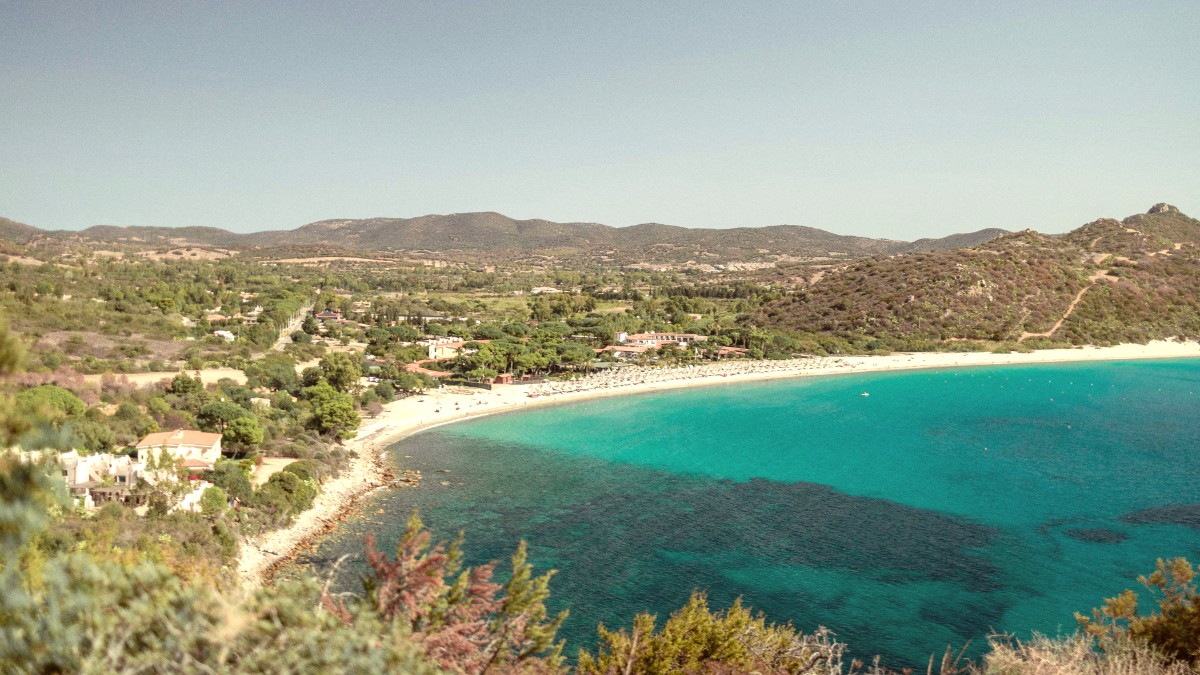
Sardinia, Italy
Sardinian cuisine stands apart from traditional Italian cooking. It deeply roots itself in the island's pastoral, agricultural, and coastal history.
The island's historical isolation fostered unique dishes and ingredients, focusing on slow cooking methods and simple, quality components. This results in robust and earthy flavors, reflecting the island's rugged landscape and strong connection to the land and sea.
Lunch (pranzo) typically occurs from 1:00 PM to 3:00 PM. Dinner (cena) generally starts later, from 8:00 PM onwards. Many restaurants observe a siesta.
A "coperto" (cover charge, typically €1-3 per person, for bread and table setting) or "servizio" (service charge, typically 10-15%) may be added to the bill. Check the menu for these charges. If a service charge is included, additional tipping is not customary.
A traditional Italian meal structure includes antipasto, primo, secondo, contorno, and dolce. Ordering fewer courses remains perfectly acceptable.
A whole roasted suckling pig, traditionally slow-cooked over myrtle wood until the skin is crispy and the meat is tender and flavorful.
Find at: Agriturismos or traditional Sardinian restaurants.
Small, ridged, shell-shaped Sardinian gnocchetti pasta. It receives service with a rich sauce made from local sausage, fresh tomato, and sometimes saffron.
Find at: Most traditional restaurants.
Hand-made pasta dumplings, often shaped like ears of wheat. They fill with a creamy mixture of potato, Pecorino cheese, and mint, usually served with a simple tomato sauce.
Find at: Traditional Sardinian restaurants.
Panino con porchetta (roasted pork sandwich), Focaccia/Pizza al taglio (slices by weight), Arancini (fried rice balls, occasionally found).
Wine (Cannonau, Vermentino di Sardegna, Carignano del Sulcis), Mirto (myrtle berry liqueur), Filu 'e Ferru (Sardinian grappa).
Renowned for high-quality seafood, refined presentation, and elegant ambiance.
A Michelin-starred restaurant, offering creative interpretations of Sardinian cuisine with a focus on seasonal ingredients.
Known for modern Sardinian cuisine, focusing on fresh tuna and other seafood, often presented with innovative twists.
Serves traditional Sardinian dishes in a cozy, welcoming setting, providing an authentic taste of the island.
Authentic local dining.
A historic, no-frills local favorite, notably popular for fresh seafood at reasonable prices. It embodies the traditional trattoria experience.
Historic local favorite.
Numerous pizzerias offer delicious and affordable pizzas for dine-in or takeaway.
Provide quick and inexpensive sandwiches or slices of focaccia.
Upper floor offers fresh seafood cooked on the spot for reasonable prices.
Occasional vendors near popular areas offer quick snacks.
Awareness of gluten-free (senza glutine) options grows in Italy. Many pizzerias now offer gluten-free crusts. Larger supermarkets stock gluten-free products.
Clearly communicate needs to restaurant staff.
For other allergens, carry a Translation card clearly explaining specific dietary restrictions. This aids clear communication with restaurant staff.
Restaurant staff are generally helpful with dietary requests.
Utilize apps like HappyCow for finding vegan and vegetarian restaurants. Research specific restaurants in advance if you have severe allergies or multiple restrictions.
Several local chefs and culinary schools in Cagliari offer hands-on cooking classes focusing on traditional Sardinian pasta, bread, or seafood dishes.
Guided walking food tours explore Cagliari's markets, historic eateries, and artisanal shops. These tours often include tastings of various local specialties.
Many agriturismos in the countryside surrounding Cagliari offer tours of their farms. These might include visits to sheep farms, vineyards, or olive groves.
Enjoy meals in historic settings within the Castello district, often with panoramic views of the city or the gulf.
Combines culinary delight with rich historical ambiance.
Try Mirto, a traditional Sardinian liqueur, as a digestivo. Also, Seadas (or Sebadas), a classic fried pastry filled with Pecorino cheese and drizzled with honey.
Iconic snacks and desserts to finish your meal.
When dining out, order one of the day's specials, often prepared with fresh, seasonal ingredients.
Engage with local vendors at markets; they often share insights into their produce and traditional uses.
Embrace the local custom of a leisurely meal; dining in Sardinia extends beyond simply eating. Check opening hours for smaller establishments.
Local markets and small trattorias present the most authentic experiences.